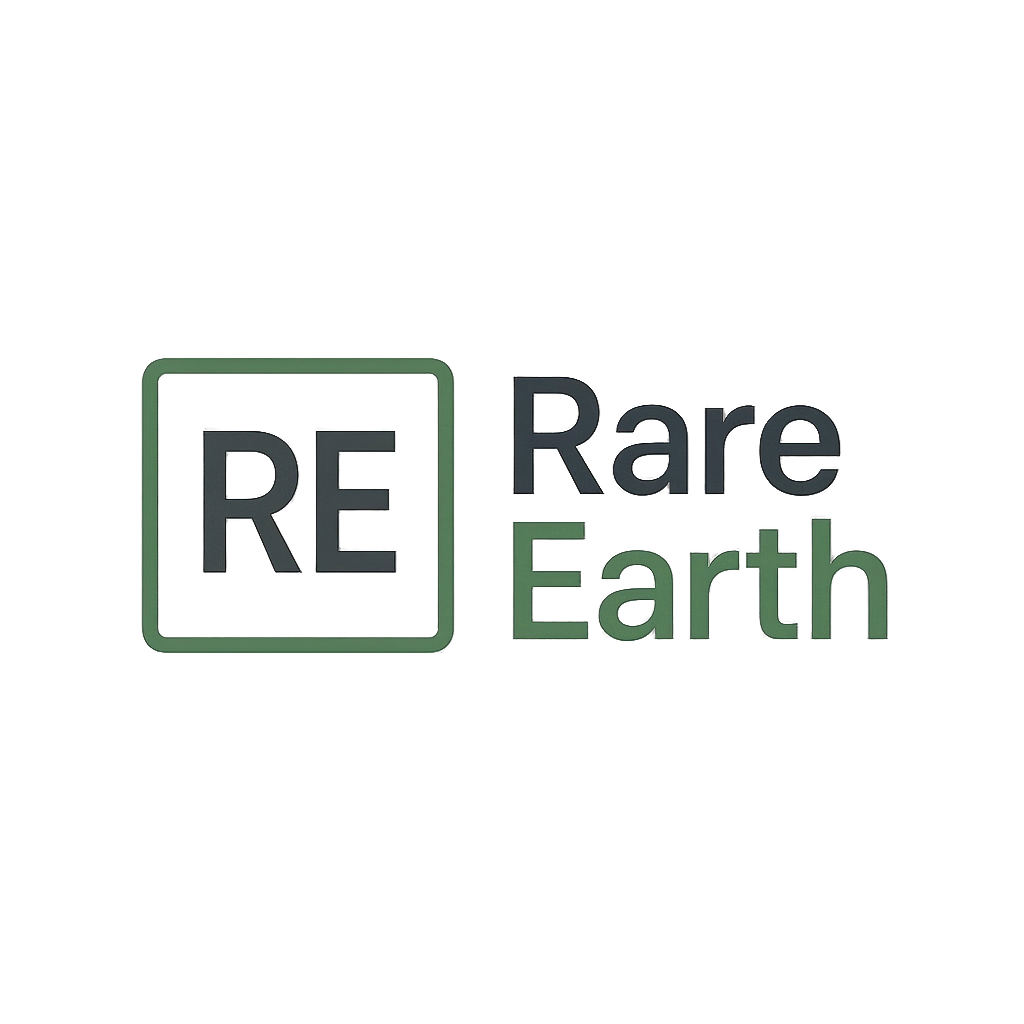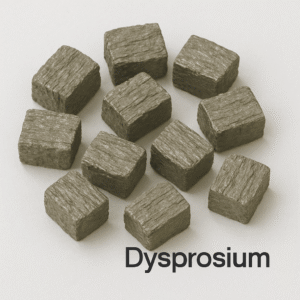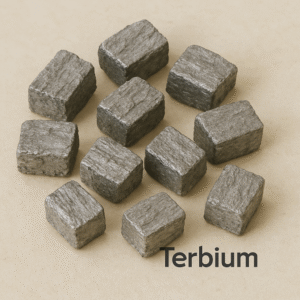Your cart is currently empty!
Neodymium (Nd)
Basic Information Element Name: Neodymium Symbol: Nd Atomic Number: 60 Atomic Weight: 144.24 Element Category: Lanthanide (Rare Earth Element) Standard State: Solid Appearance: Silvery-white, metallic, soft and ductile Chemical and Physical Properties Density: 7.01 g/cm³ Melting Point: 1,024 °C (1,875 °F) Boiling Point: 3,074 °C (5,565 °F) Electronegativity (Pauling scale): 1.14 Oxidation States: +2, +3 […]
Description
Basic Information
-
Element Name: Neodymium
-
Symbol: Nd
-
Atomic Number: 60
-
Atomic Weight: 144.24
-
Element Category: Lanthanide (Rare Earth Element)
-
Standard State: Solid
-
Appearance: Silvery-white, metallic, soft and ductile
Chemical and Physical Properties
-
Density: 7.01 g/cm³
-
Melting Point: 1,024 °C (1,875 °F)
-
Boiling Point: 3,074 °C (5,565 °F)
-
Electronegativity (Pauling scale): 1.14
-
Oxidation States: +2, +3 (most stable)
-
Magnetism: Paramagnetic (elemental state), strongly magnetic in compound form
Reactivity
Neodymium is highly reactive, especially in moist air where it quickly oxidizes to form a pinkish oxide layer. It reacts with water slowly and dissolves readily in acids, releasing hydrogen gas. It must be stored under mineral oil or inert gas to avoid surface oxidation.
Occurrence and Extraction
Neodymium is not found in its free elemental form in nature. It is typically extracted from monazite and bastnäsite, two rare earth minerals that contain a mixture of lanthanides. It is separated through solvent extraction, ion exchange, or fractional crystallization techniques.
Isotopes
Natural neodymium consists of seven stable isotopes, with Nd-142 being the most abundant. Radioactive isotopes like Nd-147 are used in scientific research.
Key Applications
1. Permanent Magnets (NdFeB Magnets)
-
Neodymium is essential in the production of neodymium-iron-boron magnets, the strongest permanent magnets commercially available.
-
These are used in:
-
Electric vehicle motors
-
Wind turbines
-
Headphones and speakers
-
MRI machines
-
Industrial automation systems
-
2. Lasers
-
Nd is used as a dopant in Nd:YAG and Nd:Glass lasers, emitting at 1064 nm.
-
Widely used in:
-
Laser surgery
-
Metal processing
-
Range-finding and military LIDAR systems
-
3. Glass and Crystal Colorants
-
Neodymium oxide is used to color glass and ceramics a distinctive violet or pink hue.
-
Also used in solar filters and protective glasses.
4. Alloying Agent
-
Neodymium is added to alloys to enhance strength, corrosion resistance, and thermal stability.
-
Found in aerospace and high-performance structural materials.
5. Scientific Research
-
Used in spectroscopic standards, quantum materials, and studies of rare earth magnetism and electronic transitions.
Interesting Facts
-
The name “Neodymium” comes from the Greek neos didymos, meaning “new twin.”
-
Discovered in 1885 by Carl Auer von Welsbach during the separation of didymium.
-
It is a strategic material due to its essential role in renewable energy and high-efficiency motors.
Additional information
| Weight | 1 lbs |
|---|---|
| Dimensions | 1 × 1 × 1 in |
| Weight | 100G |
-
Cerium (Ce)
$257.00 -
Dysprosium (Dy)
$670.00 -
Erbium (Er)
$174.00 -
Europium (Eu)
$1,550.00 -
Gadolinium (Gd)
$106.00






